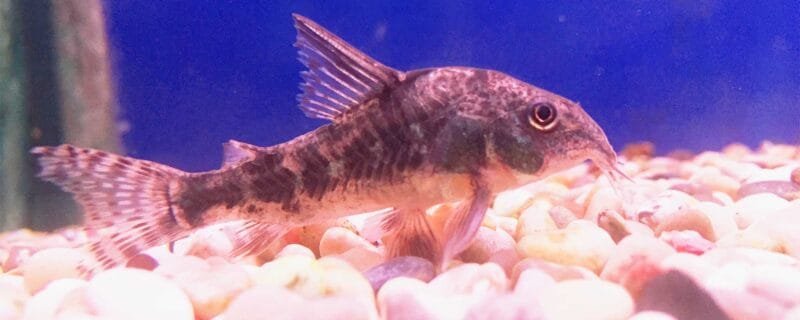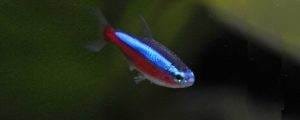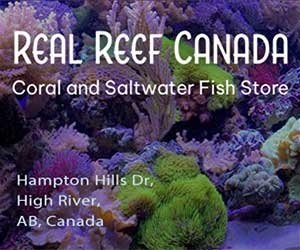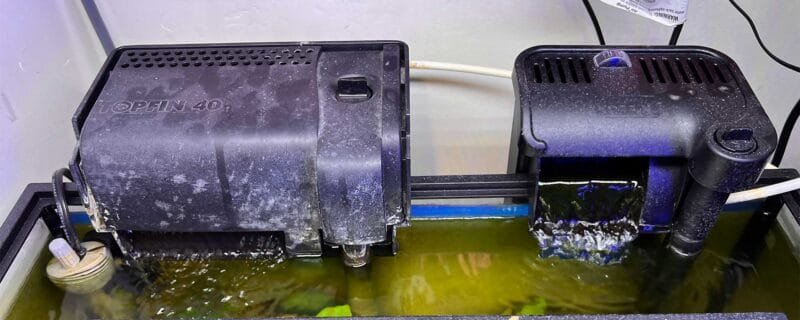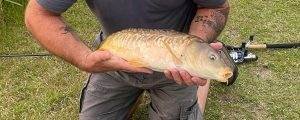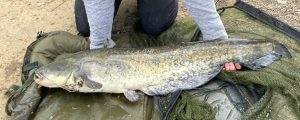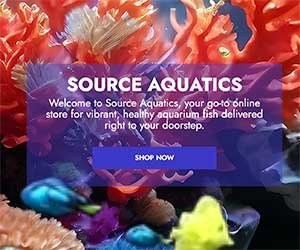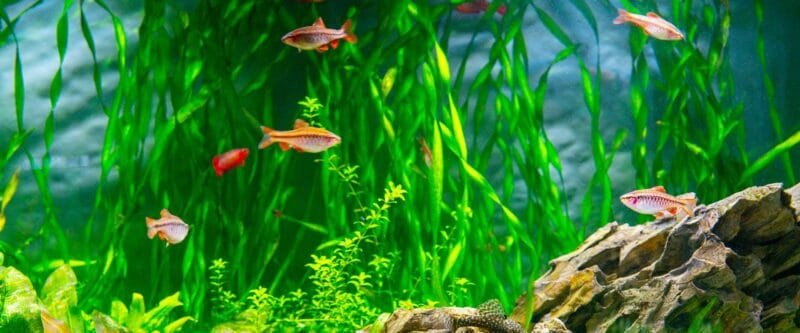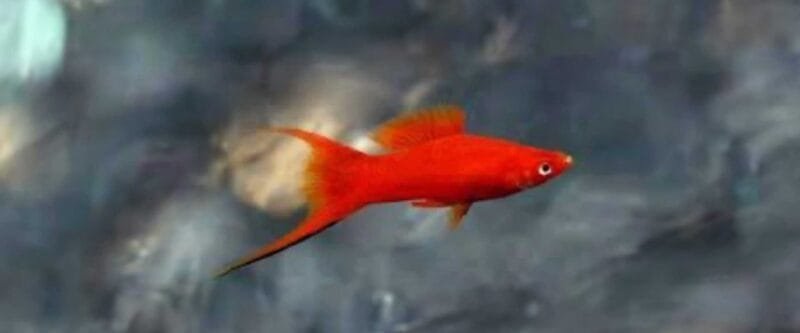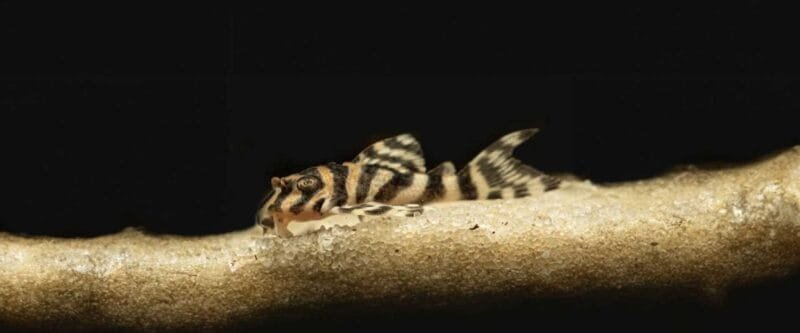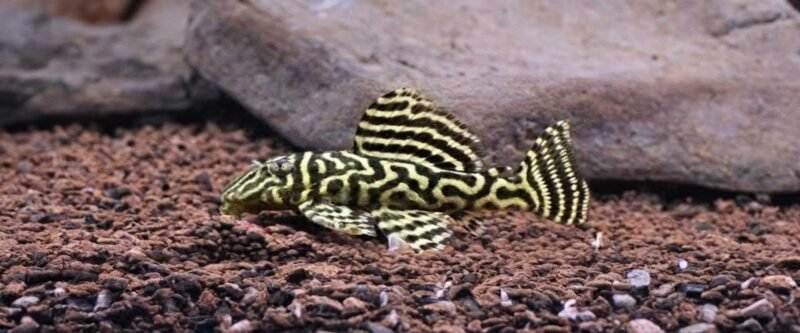IThe Otocinclus Catfish (Otocinclus affinis): Nature’s Algae-Eating Jewel for Your Aquarium
The Otocinclus Catfish, scientifically known as Otocinclus affinis, is a diminutive and endearing fish that holds a special place in the hearts of aquarists. Renowned for its algae-eating prowess and peaceful demeanor, this species has become a beloved choice for planted community aquariums. In this blog post, we’ll dive into the world of the Otocinclus Catfish, exploring its habitat, suitability for community tanks, native range, dietary preferences, and more.
Habitat and Native Range
Otocinclus Catfish are native to South America, specifically found in the Amazon River basin, where they inhabit slow-moving streams, rivers, and tributaries. These fish are well-adapted to areas with dense vegetation and rocky substrates, as they rely on these natural features for shelter and sustenance.
Physical Characteristics
Otocinclus Catfish are characterized by their miniature size and unique appearance, featuring:
- A streamlined body with a silver-gray coloration.
- A distinct adipose fin, which adds to their charm.
- A sucker-like mouth adapted for grazing on algae-covered surfaces.
These diminutive fish typically reach lengths of 1.5 to 2 inches (4-5 centimeters).
Suitability for Community Tanks
The Otocinclus Catfish is an excellent choice for community aquariums due to its peaceful nature and algae-eating habits. Here are some important considerations:
- Tank Size: Provide a tank of at least 20 gallons (76 liters) to accommodate a small group of Otocinclus Catfish comfortably.
- Compatible Tankmates: They are generally compatible with a wide range of peaceful community fish, such as tetras, rasboras, guppies, and other non-aggressive species.
- Planted Tanks: Otocinclus Catfish are perfect for freshwater planted tanks as they won’t harm live plants and can help control algae growth.
Diet and Feeding Habits
Otocinclus Catfish are renowned for their voracious appetite for algae, making them highly valued in the aquarium hobby for their natural algae control abilities. Their diet primarily consists of:
- Algae growing on tank surfaces, including glass, decorations, rocks and plants.
- Biofilm and detritus present in the substrate.
While they are adept at grazing on algae, it’s essential to supplement their diet with other foods in a home aquarium, especially when algae levels are low. Offer them a varied menu that includes:
- High-quality algae wafers or pellets.
- Blanched vegetables like zucchini, cucumber, and spinach.
- Specially formulated herbivore and omnivore foods.
Feeding them a balanced diet ensures their nutritional needs are met and helps maintain their health.
Tank Requirements and Care
To provide the best possible care for your Otocinclus Catfish, consider the following tank requirements:
- Water Parameters: Maintain stable water conditions with temperatures between 72-78°F (22-26°C), a pH level of 6.5-7.5, and soft to moderately hard water.
- Aquascape: Include live plants, driftwood, and rocks to offer hiding spots and mimic their natural habitat. Ensure plenty of surface area for algae growth.
- Grouping: Otocinclus Catfish are social and thrive when kept in small groups. A group of three to six individuals is ideal.
Conclusion
In conclusion, the Otocinclus Catfish (Otocinclus affinis) is a charming and valuable addition to a community aquarium, cherished for its algae-eating abilities and peaceful temperament. By providing a suitable environment and a balanced diet, you can welcome these delightful fish into your aquatic haven, where they will contribute to a healthier and more harmonious ecosystem while adding their unique charm to your underwater world.


